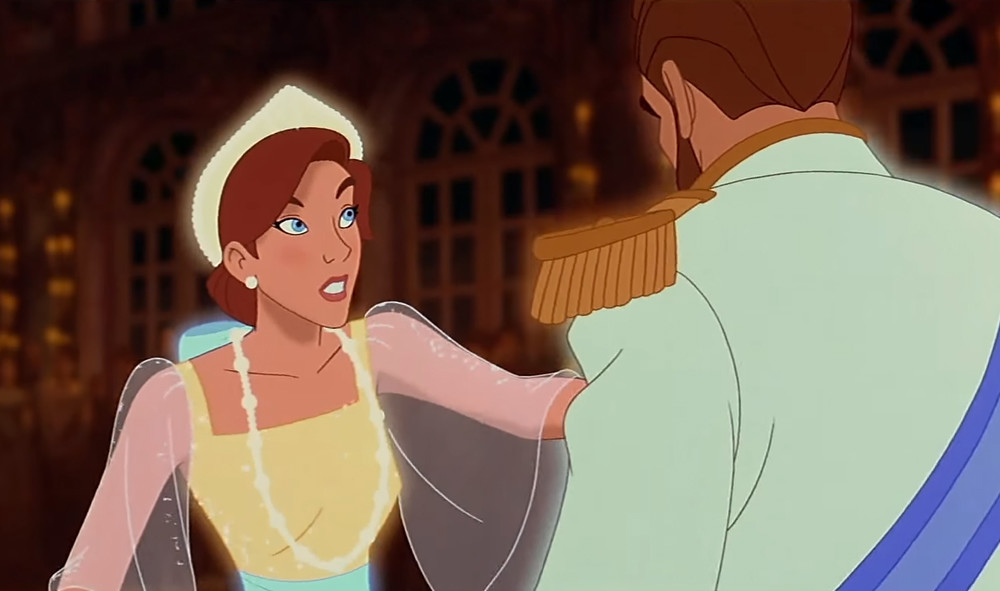Fabricating Anastasia Romanov: 5 popular films about Russia's most infamous historical impostor
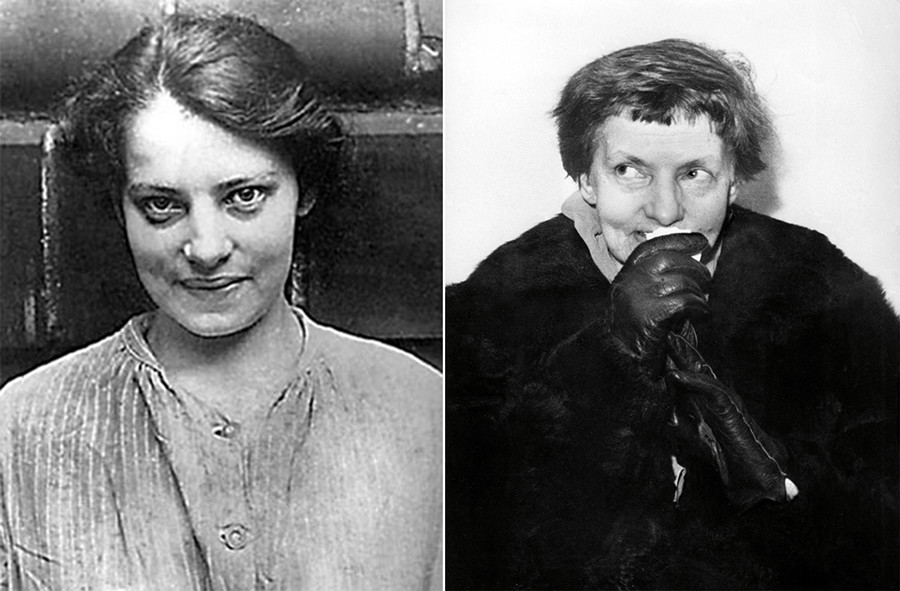
Anna Anderson, one of fake Anastasias
Wikipedia, AFPOn one night in July
That enigmatic and dark night gave birth to many legends,
Nevertheless, there were persistent rumors that the remains of Anastasia, the Tsar's youngest daughter, had not been found at the alleged place of burial. Moreover, some people even claimed they had seen Anastasia injured though alive several days after that bloody night.
Several of the fake
Clothes Make the Woman (1928)
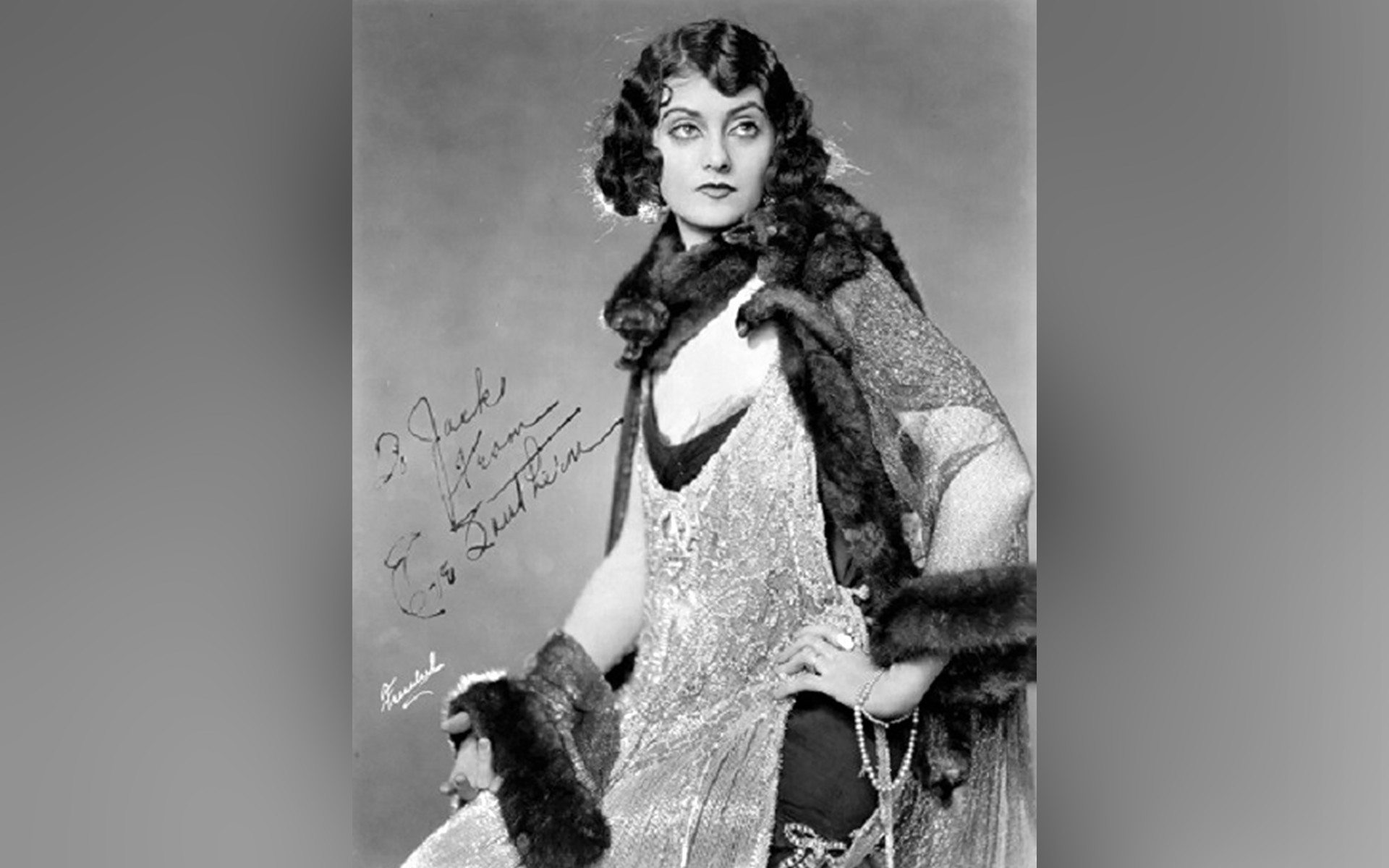
Eve Southern, an actress who played Anastasia
Jack Freulich/WikipediaIn 1928, just a decade after the murders, American director Tom Terriss created the first movie about Franziska Schanzkowska, aka Anna Anderson, who is probably the most infamous woman pretending to be Anastasia. This is a romantic movie about a fictional communist revolutionary, Victor, who saves Anastasia from execution. Several years later when Victor is working as a film director in Hollywood, he recognizes Anastasia, who is trying to become an actress. Victor decides to make a movie about her life, with the two of them playing the lead roles. Finally, they get married.
Anastasia, Die Falsche Zarentochter (Anastasia, the False Czar's Daughter, 1928)
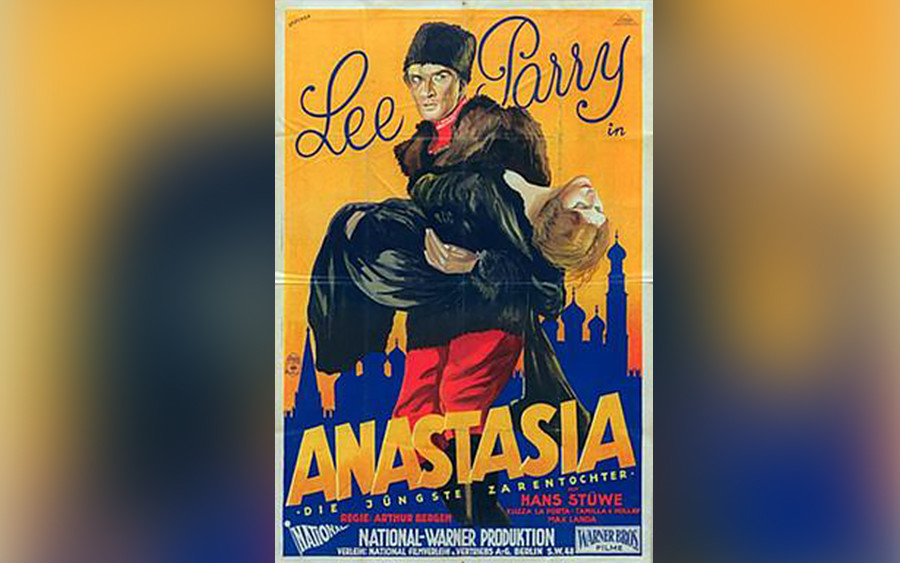
This second movie about Anna Anderson was also shot in 1928, but by German director Arthur Bergen. Starving in Berlin in the early 1920s, Anastasia is hired as an extra in a film company that’s making the movie, Anastasia. The film’s team is looking for the true Anastasia, so they show some women including the main heroine to Grand Duke Mikhail in Berlin. He doesn’t recognize any of them, but Anastasia meets a White Guard officer, Lt. Volkov, who is performing in a variety show in Berlin. He arranges Anastasia to meet with her royal aunt. Finally, “Anastasia” and Volkov stay together, and she gives up the battle to be recognized as the Tsar’s daughter.
Anastasia (1956)
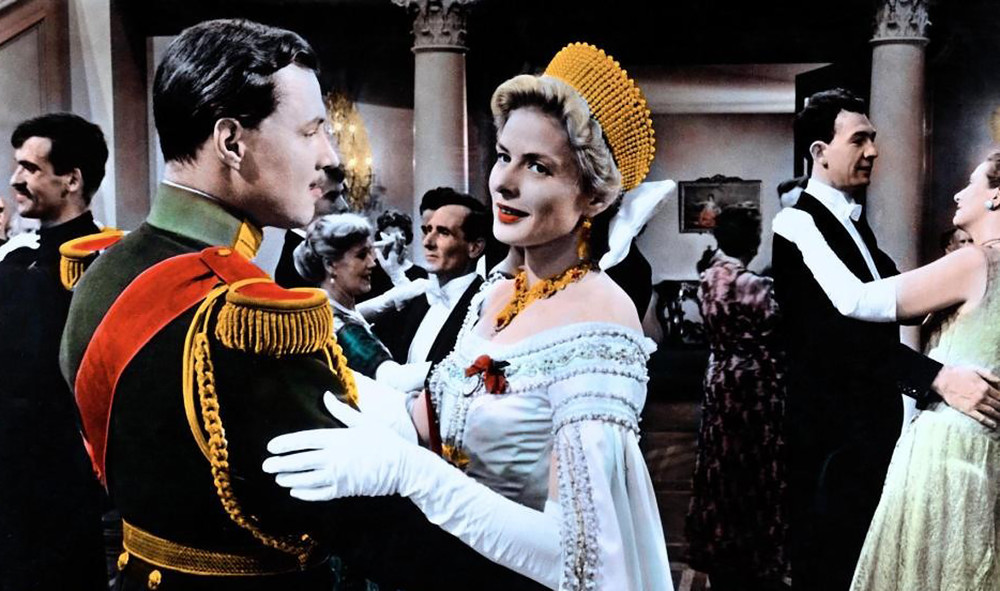
In the mid-1950s, E. Maurice "Buddy" Adler, head of 20th Century Fox, decided to add his interpretation to the fascinating story of the Imperial impostor.
Here, the action takes place in Paris with General Bunin heading a variety show, and who finds a young lady claiming she is Grand Duchess Anastasia. Bunin decides to benefit from the situation and
Anastasia: The Mystery of Anna (1986)
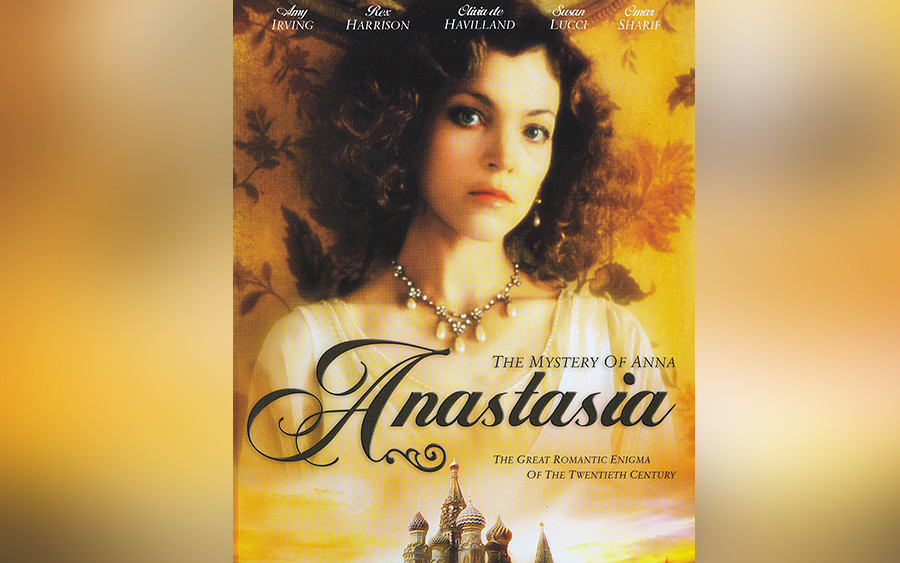
This NBC series based on Peter Kurth’s book, The Riddle of Anna Anderson, was filmed two years after Anna Anderson’s
Anastasia (1997)
This animated film by 20th Century Fox was faithful to the Oscar-winning 1956 film, but used the format of a fairy tale and was filled with many historical mistakes, including the surprising appearance of Rasputin as a symbol of evil that brought death to the Imperial family. Nevertheless, the film was very popular, even adapted into a computer game, and its soundtrack Journey to the Past nominated for an Oscar, while Once Upon a December is still one of the most recognizable animated waltzes.
If using any of Russia Beyond's content, partly or in full, always provide an active hyperlink to the original material.
Subscribe
to our newsletter!
Get the week's best stories straight to your inbox
